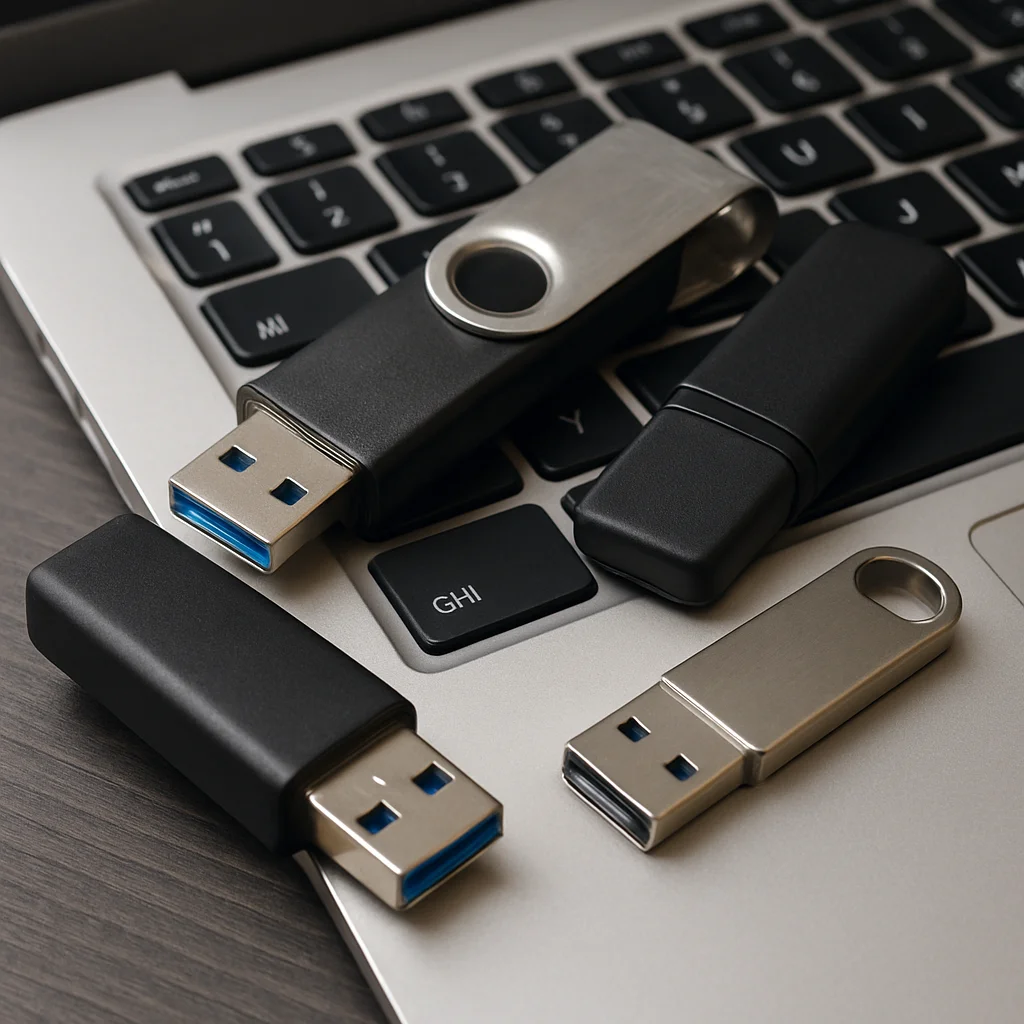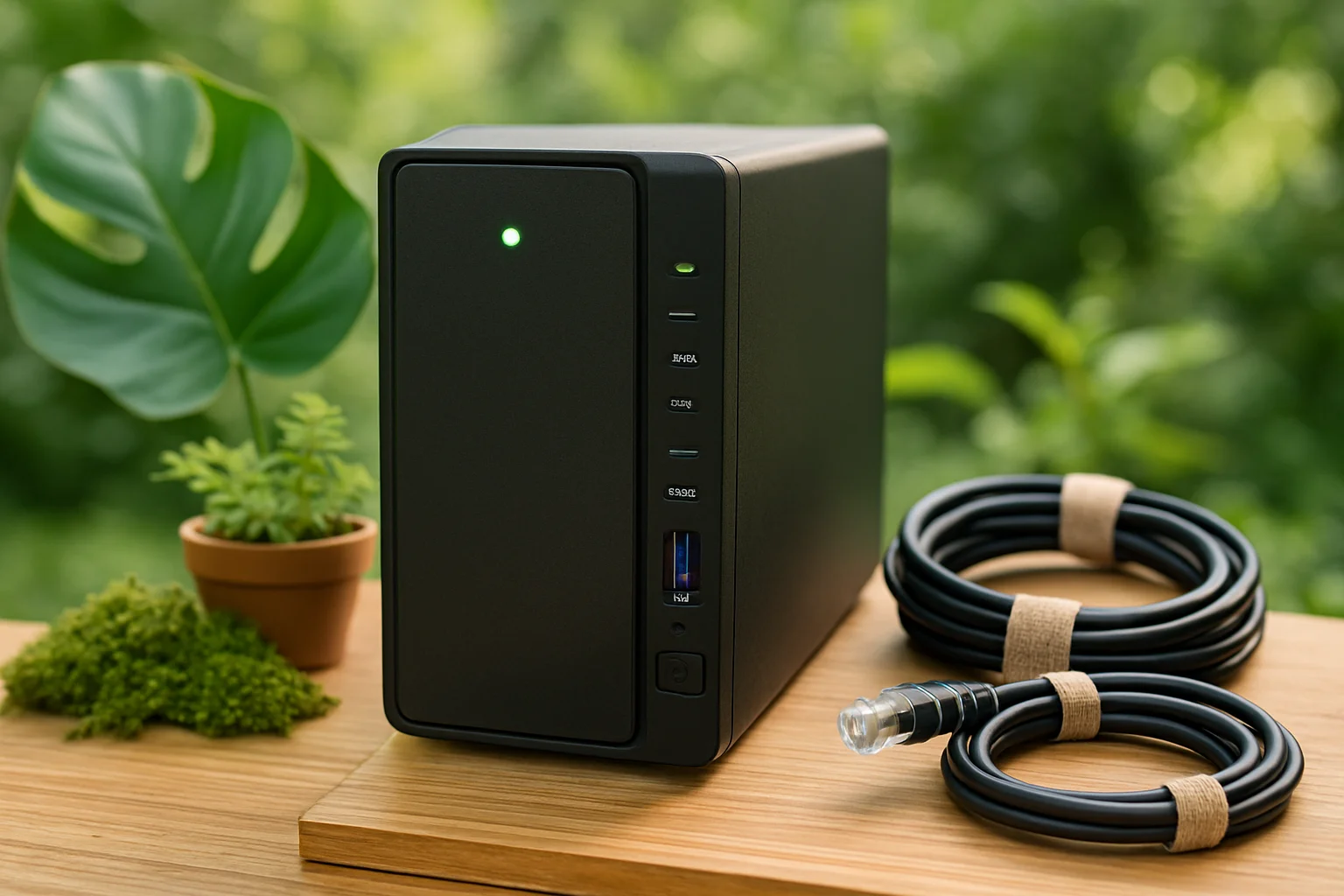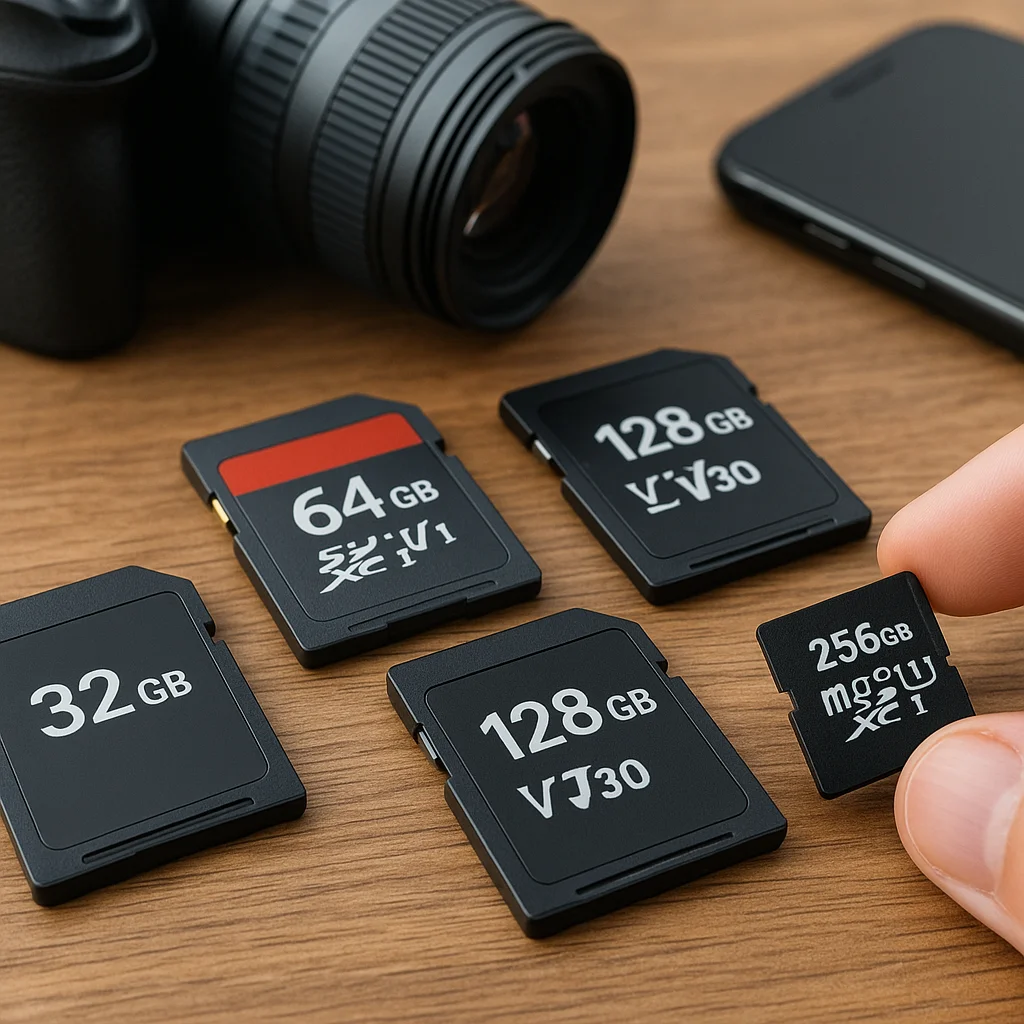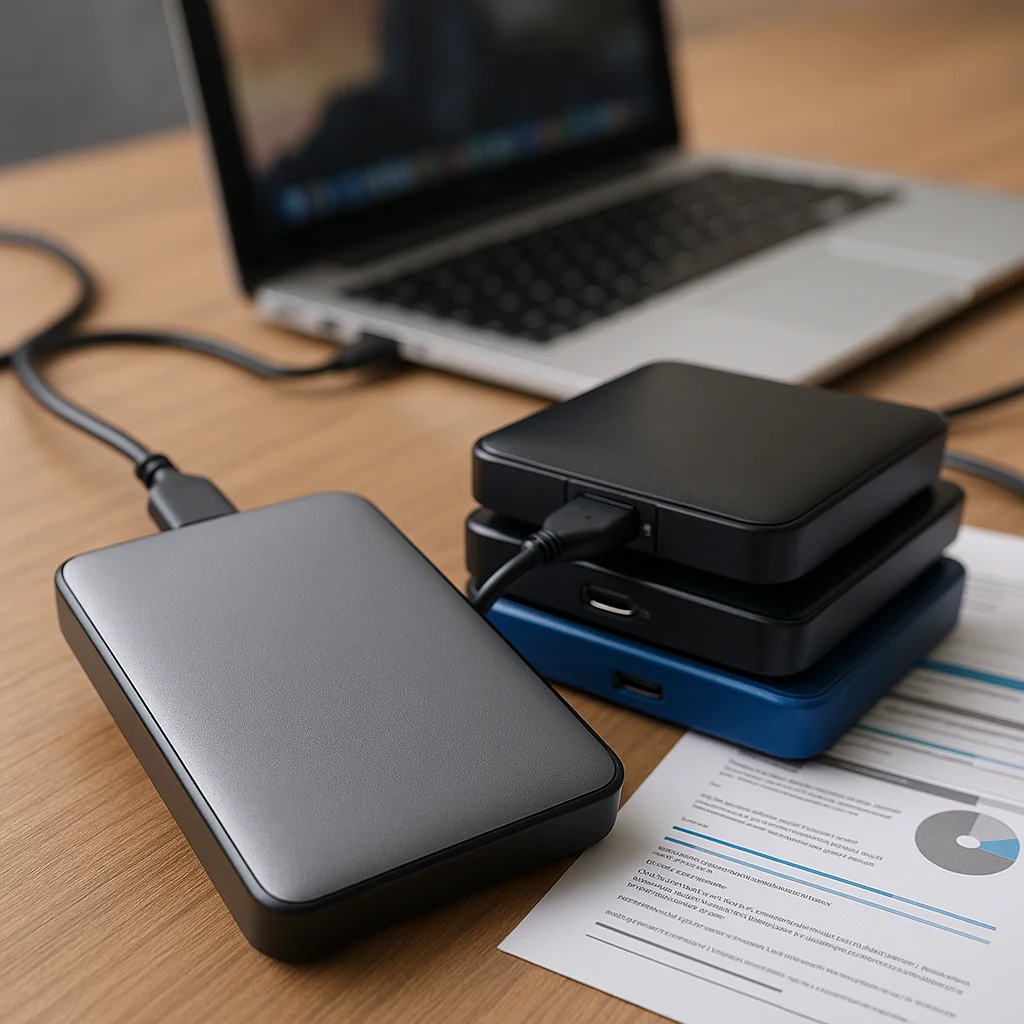Introduction to USB Keys: What Are They?
A USB key, also known as a USB flash drive or thumb drive, is a small, portable storage device that connects to computers and other compatible devices via a USB port. Unlike traditional external hard drives, USB keys use flash memory to store data, which means they have no moving parts and are highly durable and resistant to physical shock.
Typically, a USB key consists of a printed circuit board encased in plastic or metal housing, with a USB connector at one end. They come in various sizes and shapes, but all share the common purpose of providing a convenient way to store, transfer, and back up digital files.
One of the main reasons USB keys have become so popular is their plug-and-play capability — users can simply insert them into a USB port without needing to install additional drivers or software on most operating systems. This ease of use makes them ideal for quickly sharing files between computers, carrying important documents on the go, or even running portable applications.
In terms of capacity, USB keys range from just a few megabytes to several terabytes, catering to different storage needs. They can store a wide variety of file types, including documents, photos, videos, music, and software installers.
While USB keys are compact and convenient, their portability also comes with some risks, such as loss or theft, which can lead to unauthorized access to sensitive data if proper security measures are not in place. However, many modern USB keys now include features like hardware encryption or password protection to enhance data security.
How Do USB Keys Work?
USB keys operate by using flash memory technology, a type of non-volatile storage that retains data even when the power is turned off. Unlike traditional hard drives, which rely on spinning disks, flash memory stores information on integrated circuits made of floating-gate transistors. This allows USB keys to be compact, fast, and resistant to mechanical damage.
When you insert a USB key into a computer’s USB port, the device is powered through the port itself, enabling the flash memory chip to communicate with the computer’s operating system. The USB key acts as a mass storage device, similar to an external hard drive, which the computer recognizes almost instantly due to its built-in controller.
The controller chip inside the USB key manages data transfer between the flash memory and the host device. It handles tasks such as reading and writing data, error correction, and wear leveling—a process that ensures even distribution of data writes across the memory cells to prolong the lifespan of the device.
Data transfer speeds depend on the USB version supported by the key and the host device. Common standards include USB 2.0, USB 3.0, and the newer USB 3.1/3.2, with each successive version offering faster read and write speeds. For example, USB 3.0 can provide speeds up to ten times faster than USB 2.0, significantly reducing the time it takes to copy large files.
To transfer files, users simply drag and drop or copy data to the USB key’s storage, which appears as a removable drive on their computer. The data is then saved onto the flash memory cells via electrical charges that represent binary information (0s and 1s).
When ejecting a USB key, it is important to use the operating system’s “Safely Remove Hardware” option. This ensures that all ongoing data transfers are completed and that no files are corrupted by sudden removal. The USB key then loses power and stops communicating with the host device until it is plugged in again.
Security Features and Risks Associated with USB Keys
USB keys, while incredibly convenient, come with inherent security risks that users must be aware of. Because these devices are small and portable, they are easily lost or stolen, potentially exposing sensitive data to unauthorized access. Additionally, USB keys can be a vector for malware infections if plugged into compromised or untrusted computers.
To mitigate these risks, many modern USB keys include advanced security features designed to protect the data stored on them. One of the most common is hardware encryption, which encrypts all data automatically using strong algorithms such as AES (Advanced Encryption Standard). This ensures that even if the USB key falls into the wrong hands, the data remains unreadable without the correct decryption key or password.
Some USB keys offer password protection mechanisms, requiring users to authenticate before accessing files. This can be implemented through software that runs automatically upon connection or via a physical keypad on the device itself. Additionally, certain USB drives support two-factor authentication (2FA) for an extra layer of security.
Another important security feature is read-only mode, which prevents accidental or malicious modification and deletion of files. This is especially useful when using USB keys for distribution of important documents or software.
Despite these protections, risks still exist. USB keys can carry viruses or ransomware, which activate when the device is connected to a computer. To reduce this threat, users should always scan USB keys with updated antivirus software before opening files and avoid using them on untrusted machines.
Physical damage or wear can also cause data corruption or loss, so regularly backing up important data stored on USB keys is crucial. Finally, organizations often implement policies restricting USB key usage to control data flow and prevent leaks, emphasizing the importance of user awareness and responsible handling.






